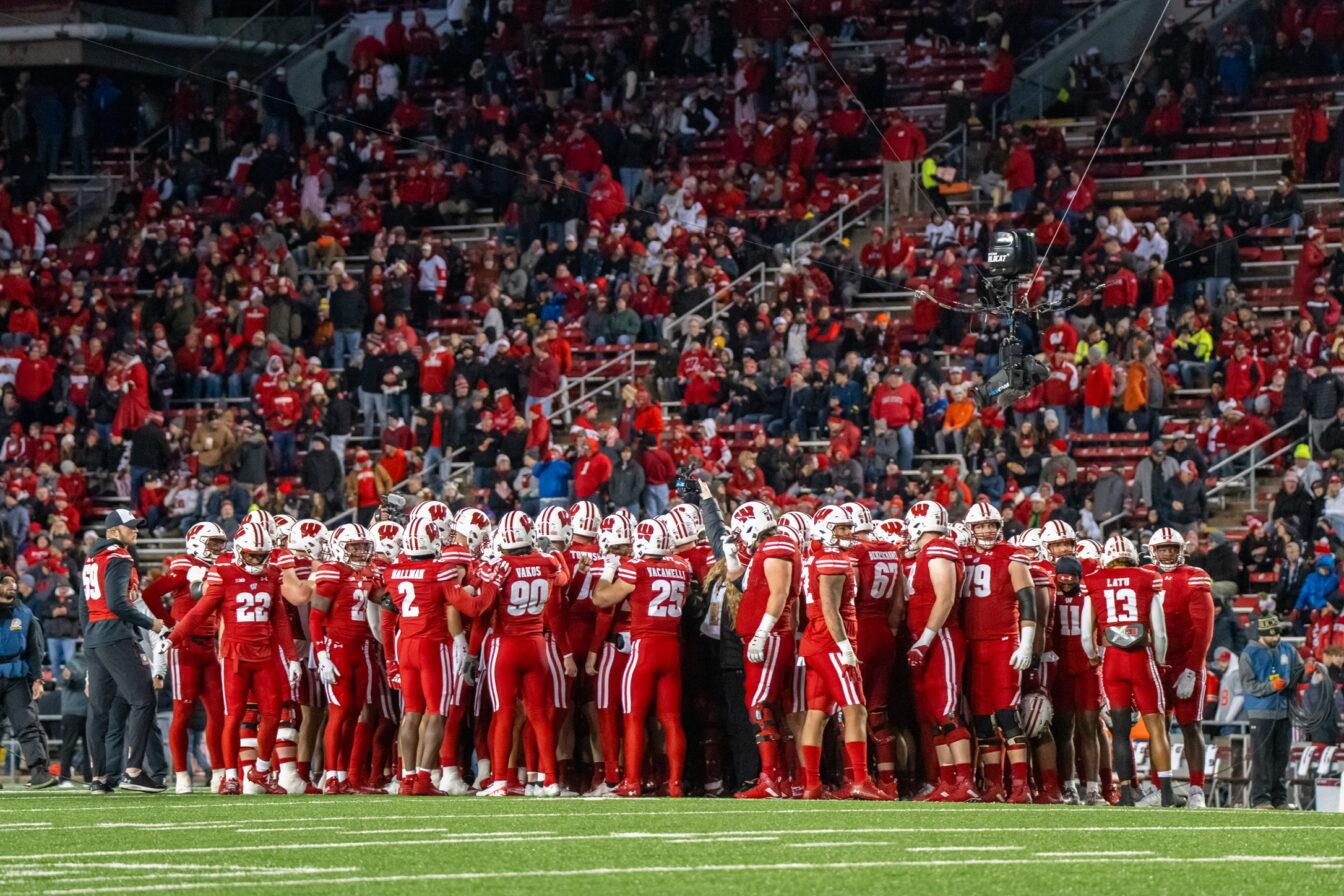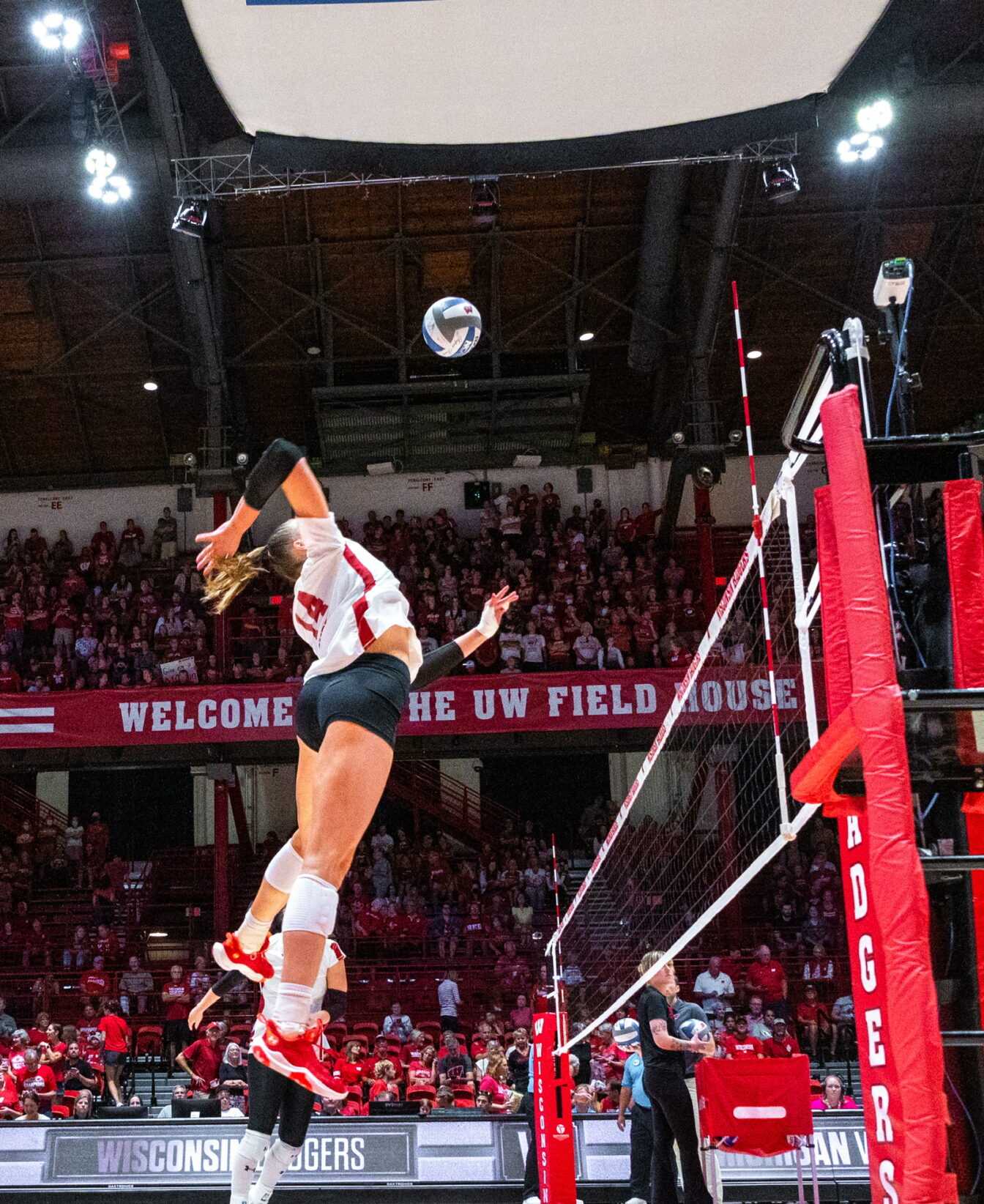Let’s play a game of word association. Ready? OK, here’s the word.
Big Ten.
So what’s the first word that comes to your mind?
Maybe it’s one of the sports like football and basketball that the conference is renowned for. Then again, maybe it’s one of the schools that make up its DNA, like perennial powerhouses Michigan and Ohio State. Or perhaps it’s even one of the great players that the league has produced over the years, like Heisman winners Desmond Howard, Eddie George and Ron Dayne to name just a few.
But who in their right mind would say Maryland or Rutgers?
It reminds me of my childhood learning programs like Sesame Street, where they played the game “one of these things is not like the other.”
This Big Ten’s conference expansion was sudden, but not unexpected. But it still seems baffling – until placed under closer examination – why the conference chose these two schools to incorporate into its ranks, and why these schools decided to bolt to greener pastures.
Geographically, Rutgers and Maryland couldn’t lay farther apart from the latest add-on to the conference, Nebraska. In fact, the distance between the campuses of Maryland and Nebraska is more than 1,200 miles. So, with the extension comes the destruction of the classic pre-held notion that the Big Ten is a Midwest-only collection of collegiate athletic programs.
That being said, Pennsylvania does border the states whose campuses the Big Ten’s newest members reside in, helping to expand the eastern flank of the conference’s reach.
The positive of this expansion lays in the fact that the move extends the reach of the conference across the nation not only in recruiting but also in terms of exposure.
For recruiting, the Big Ten will be able to open up – well, more than before – the East Coast and compete with other conferences for the region’s best players. Now athletes in the respective states of New Jersey and Maryland will get a chance to see the Big Ten first hand, not only in terms of the athletic contests themselves, but also in terms of regional penetration by the Big Ten Network, a key player in the allure of the conference to its two newest members.
Something that offers long-term security with the Big Ten is not only its strong record of athletic prowess and the revenue that its large enrollment schools and prestigious programs bring, but also the money that lays in its television market and its deal with the Big Ten Network. Those deals alone bring the conference’s schools several millions of dollars in revenue each year.
If the Big Ten Network can penetrate the basic cable market in its new states and the major metropolitan areas around them – Washington, D.C., New York, etc., it could make an absolute killing. And even if it doesn’t, the network will still make a disgusting amount in subscription fees. Because, keep in mind, the Big Ten has a strong base of alumni that populates the East Coast and there’s plenty of people willing to pay to see the conference’s games.
So money, money, money. Who does it go to? The schools, the conference and the network. Everyone gets a piece of the pie and money makes the world go around, so why not get in while the gettin’s good?
Additionally, the ACC and Big East are renowned as basketball conferences. What brings in more revenue? Well, besides overall numbers, maybe this imagery can explain it. The biggest basketball facility in the NCAA, seating wise, is 33,000 at the Carrier Dome, home of Syracuse, who coincidentally just joined the ACC – along with Pittsburgh – confirming the idea that the conference is a basketball-centered one.
The biggest seating facility for FBS college football? Try Michigan Stadium. The “Big House” holds 109,901 people. Based on ticket sales alone, revenue from football beats the hell out of basketball. Moving to a conference where the schools are bigger and the football is more relevant on a national stage makes too much sense for Maryland and Rutgers.
Also, keep in mind that Maryland was in a hole financially (the school lost $4.5 million last year) and had to cut a few sports programs. Rutgers’ football program is stuck in the rather weak Big East and apparently has some ambitious construction and upgrade plans for its campus and facilities planned. The needed financial boost that the Big Ten brings will only help revenue, boosting the schools to new heights both academically and athletically.
If there was 800 more words to this column I could go into much deeper detail and provide the solid figures and stats that would bore most readers to death and satisfy all the critics to this article, but keep this in mind: In 2008, the Big Ten had seven of its then 11 teams reported in the top 25 for total revenue earned from athletics.
It’s disappointing that rivalries and the geographic location that made the Big Ten special are largely taking the back burner to the reformation and expansion of the conference. But in a sport – and world – where money rules all, it’s a necessary evil in the ever-changing landscape of college athletics.
Nick is a fifth-year senior majoring in history and English. Catch Nick calling color commentary for WSUM’s broadcast of the Penn State game this weekend on www.wsum.org. Have a thought on the column? Email Nick at [email protected] or follow him on Twitter @nickkorger.



















